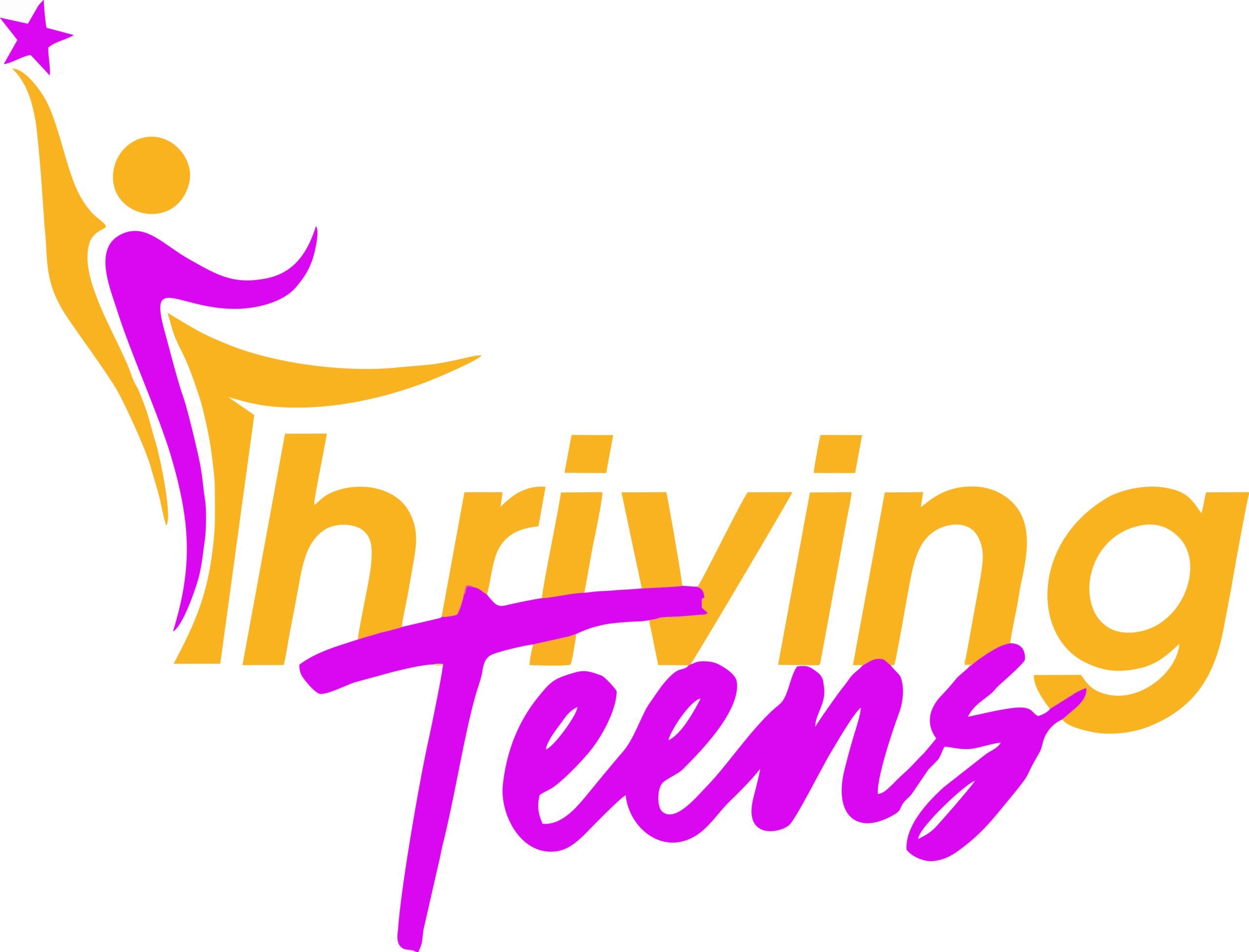Introduction
Insulin is a hormone needed to survive in the human body. In type 1 diabetes. The child’s body is unable to produce it. The missing insulin is replaced with injections or with an insulin pump. Insulin in vital to move sugar (glucose) from the blood stream to the body’s cells for energy. Sugar enters the bloodstream when food is digested. Without enough insulin, sugar builds up in the bloodstream. This can cause life-threatening complications if left untreated.
There is no cure for type 1 diabetes, but it is a manageable condition. One has to learn to give injections, count carbohydrates and monitor the blood sugar.
Symptoms
The signs and symptoms of type 1 diabetes may include Increased thirst, frequent urination, possibly bed-wetting in a toilet-trained child, extreme hunger, unintentional weight loss, fatigue, irritability or behavior changes and fruity-smelling breath.
Causes
The causes of type 1 diabetes in not known. In has however been noted that the immune system, which fights harmful bacteria and viruses- mistakenly destroys the cells in the pancreas (the organ that produces Insulin) in most of the people. Once destroyed, no insulin is produced.
Risk factors
Type 1 diabetes often occurs in children but it can occur at any age. Some risk factors include a family history of type 1 diabetes, genetics, white race and certain viral infections.
Complications
High blood sugar can increase the chances for the child to develop heart and blood vessel disease, nerve damage causing tingling, numbness burning or pain, organ damage like in the eyes and kidneys and osteoporosis (decreased bone mineral density).
Maintaining a good blood sugar level, eating a healthy diet and regularly exercising and seeing the doctor regularly can help prevent these complications.
Prevention
Preventing type 1 diabetes is a challenging thing to do. Research is however ongoing to see how best to go about this.


